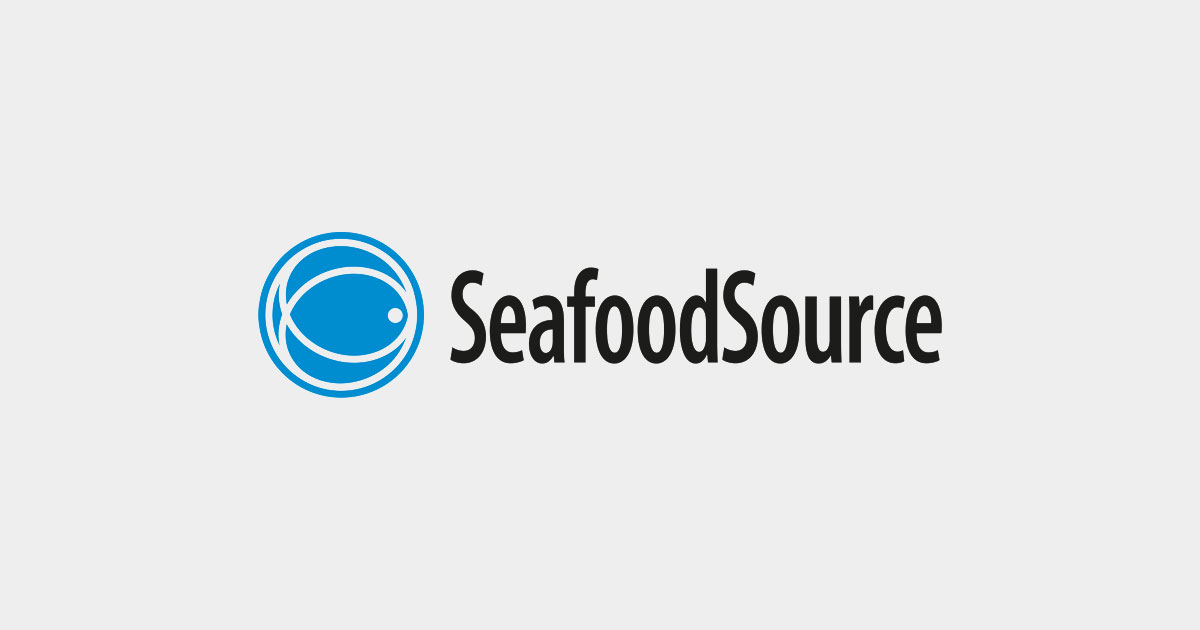Seafood Source: https://www.seafoodsource.com/news/supply-trade/communications-expert-calls-on-seafood-industry-to-use-proactive-storytelling-to-tackle-next-seaspiracy
Communications expert calls on seafood industry to use proactive storytelling to tackle next Seaspiracy
By Madelyn Kearns
July 5, 2021
“There is no time quite like the present moment for the seafood industry to commandeer its narrative and start proactively sharing its stories, according to Emily Patrolia, founder and president of ESP Advisors, a Washington, D.C., U.S.A.-based bipartisan firm providing government relations, strategic communications, and advisory services for oceans and natural resources.
Speaking during one of the National Fisheries Institute’s Global Seafood Market Conference webinars this month with Windward Strategies President Jay Sterne, Patrolia stressed the importance of consistent communications and storytelling for seafood suppliers, “especially in this day and age” of increased consumer activism and morphing conscientiousness.
“It’s not enough anymore to just follow the rules, do your job, and provide an outstanding product,” she said. “We’re seeing that consumer values and their politics are completely intertwined with the products they’re buying. It’s the way that they show their values, both to the company, and also to others.”
To reach and resonate with modern consumers, successful brands are expanding their public relations efforts and leveraging social media, which is not only “very powerful” and “really cost-effective,” but an ideal platform for proactive storytelling, Patrolia said.
“Social media is increasingly the main way most people learn about their world, they see what their friends and neighbors are doing, what they like, what they’re talking about and are interested in. And it is a fantastic place for very, very well-targeted advertising,” she said.
Timing has become a critical factor in effective, digital storytelling for industries, Patrolia added, particularly those that are natural-resource dependent like seafood.
“Public relations and communications, in addition to marketing, have never been more important. Basically, to quote that old saying: ‘If you’re not at the table, you’re on the menu.’ If you’re not out there actively telling your story, you will be left behind and someone else will tell it for you – you’ll lose the lead on the narrative about your company and why people should buy your product,” she said. “Unfortunately, this is especially true for those of us in the natural resource-dependent industries just because there’s a lot more of a nexus with the environmentalism and sustainability issues that are really top-of-mind for many consumers.”
Continually and enthusiastically sharing seafood’s stories on high-traffic social media forums, however, can go a long way when another “Seaspiracy” inevitably comes along, according to Patrolia.
“There will always be films like ‘Seaspiracy,’” she said. “It’s click-bait, it’s intended for a very specific audience. It came in with a goal and kind of worked backwards from there; it didn’t want to talk about nuance or sustainability. There will always be a tiny fraction of consumers who eat up this kind of thing, but proactively arming consumers with communications, education, and storytelling – about who you are, where the food they’re eating is coming from, and your story – it helps them, when they do see a film like this, to think about it a little more critically.”
Human beings are “psychologically wired to enjoy a good story,” Patrolia explained, and “there are so many stories to be told through the eyes of fishermen,” which translates to a big opportunity for the industry at large.
“Knowing how to tell your story in new and interesting ways – sometimes you only have 60 seconds, or 140 characters like on Twitter – is going to be the key to being able to get that message across in a really compelling way,” she said.
Patrolia advised seafood companies to consider several questions when contemplating how to tell their stories online:
- Who is my audience?
- How do they interact with my brand/myself?
- How does my brand/self differ from competitors?
- How do I want my brand/self to be perceived?
- What is my core story?
The process needn’t be complicated – a company’s core story “can be something that feels really obvious, which is why it’s important to do a sit-down and think through it with your team,” Patrolia noted.
“It can be the most simple message, but it can grow into something really powerful,” she said.”
Madelyn Kearns
Editor
mkearns@divcom.com

